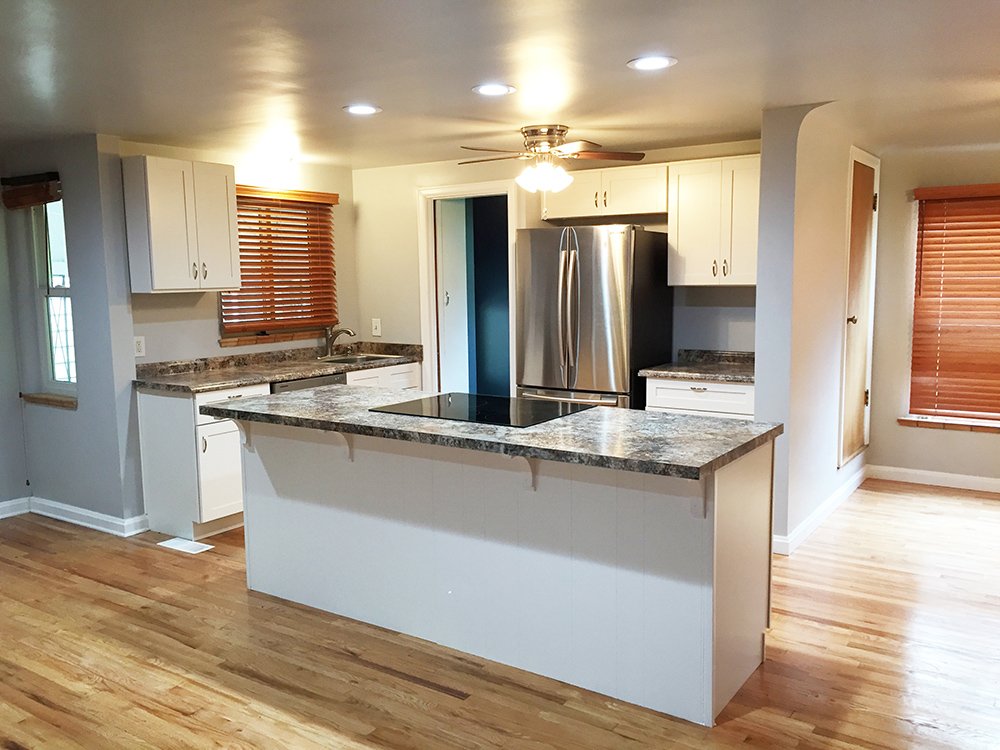When most people think of acrylic, they think of a very hard, rigid type of plastic. This type of material may be transparent or colored, and it is durable, strong, and resistant to damage from UV light, corrosion, rain, and moisture damage.
Acrylic is also found in other materials as well. There is acrylic paint, which is a liquid when wet but dries into a hard, rigid coating. While these traits are desirable for paint and rigid materials, roof coatings need to flexible and not rigid, but they still need to retain the durability factors of other types of acrylics.
Roof Coating Solutions
To provide the durability of acrylic, but the flexibility needed to allow a roof coating to move with the roof without cracking or pulling away, an acrylic polymer was developed. This acrylic polymer, also known as an acrylic elastomer, is able to flex and retain elasticity once it is applied and has dried. It retains these behaviors temperatures in cold environments and does not become brittle when other materials become prone to cracking and shattering with movement or impact.
The choice of acrylic elastomeric roof coatings ensures that the roofing solution is both durable and long lasting, but also flexible and able to move with the roof. In most applications, the coating is applied at between 15 and 30 mils, and it is formed in situ on the roof.
The term in situ means that the acrylic elastomeric roof coatings are applied as a liquid, and they bond fully to the surface of the roof. There are no seams and no need for other types of fasteners, which means that the acrylic elastomeric roof coatings fully adhere to the roof for lasting, durable, roofing solutions.
Without seams, these coatings are resistant to leaks, even when water pools on the roof’s surface. They also expand and contract with the roof substrate, eliminating the challenges of other fixed material types of roofing options.


